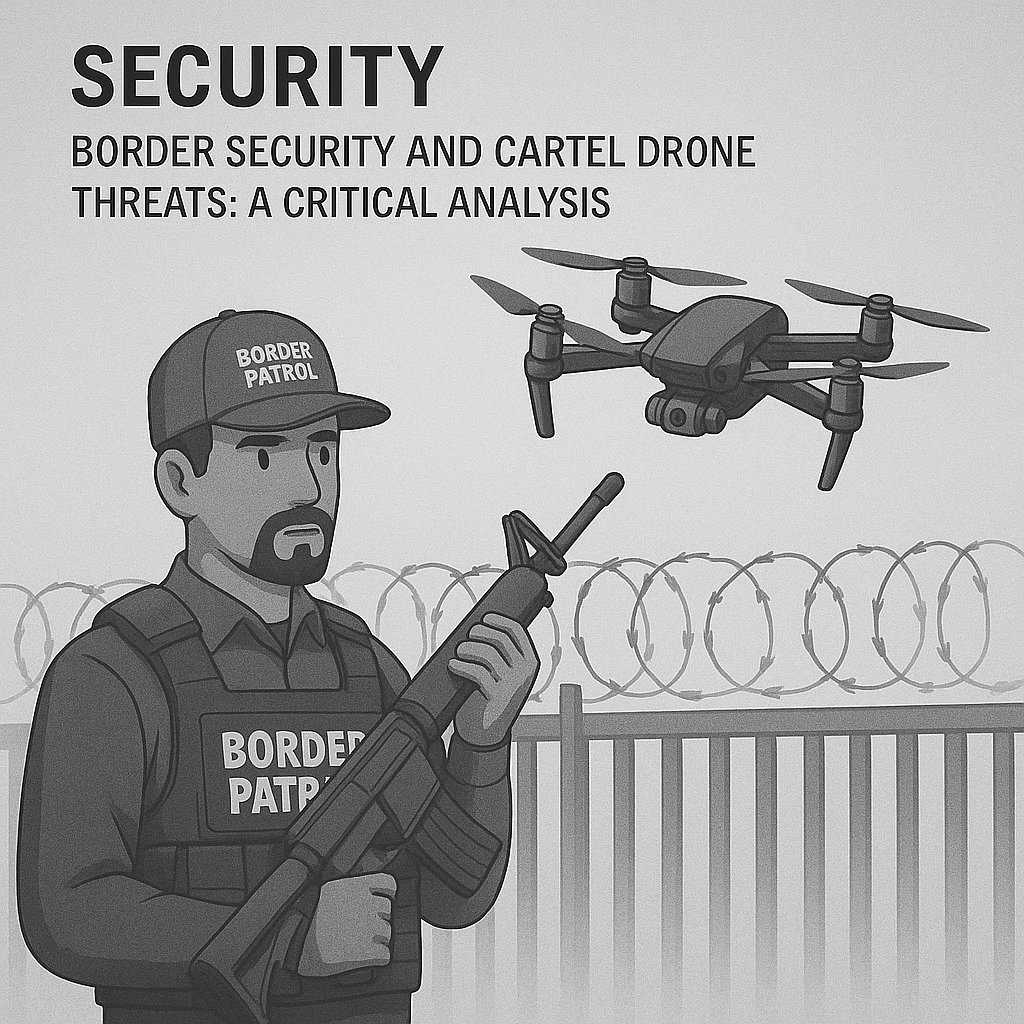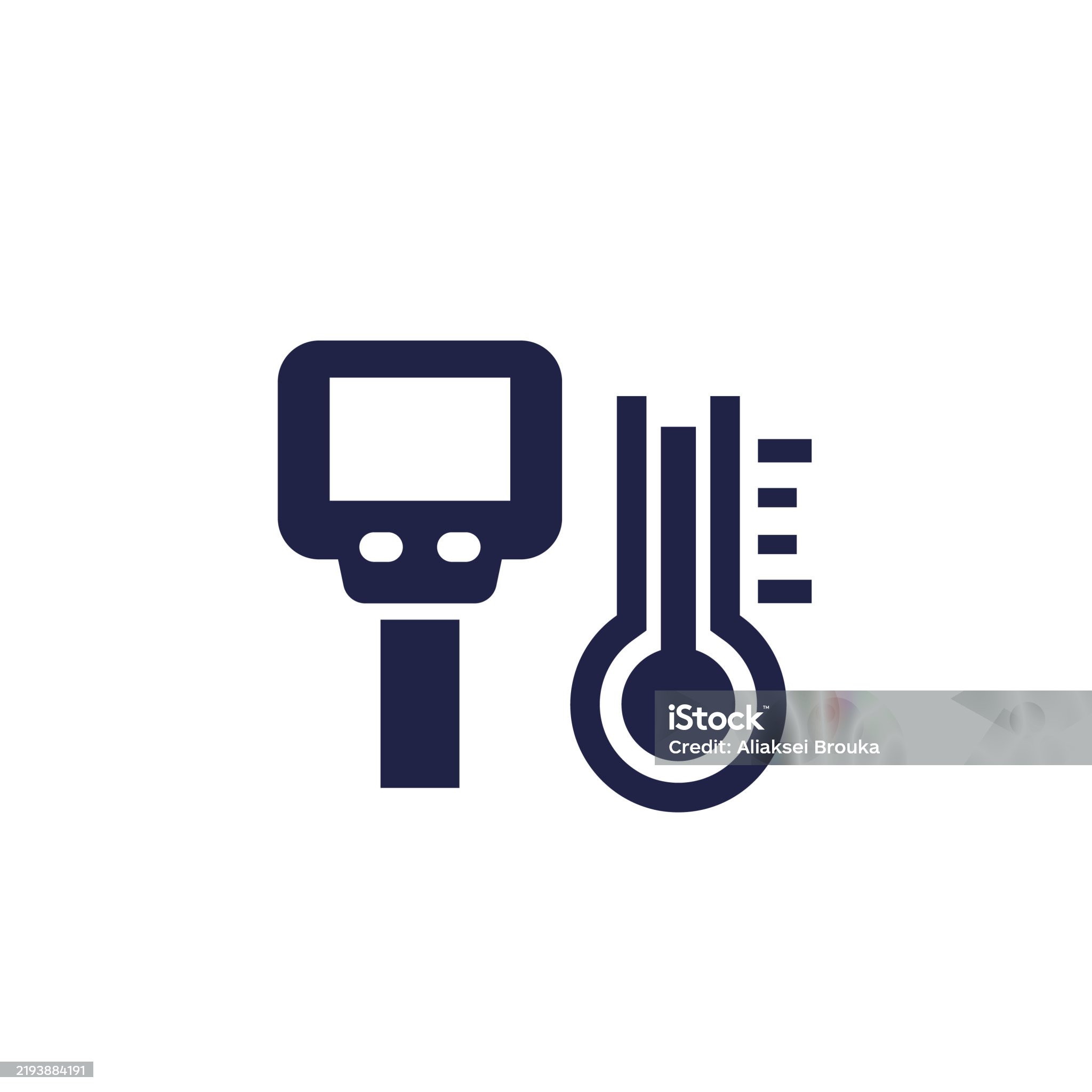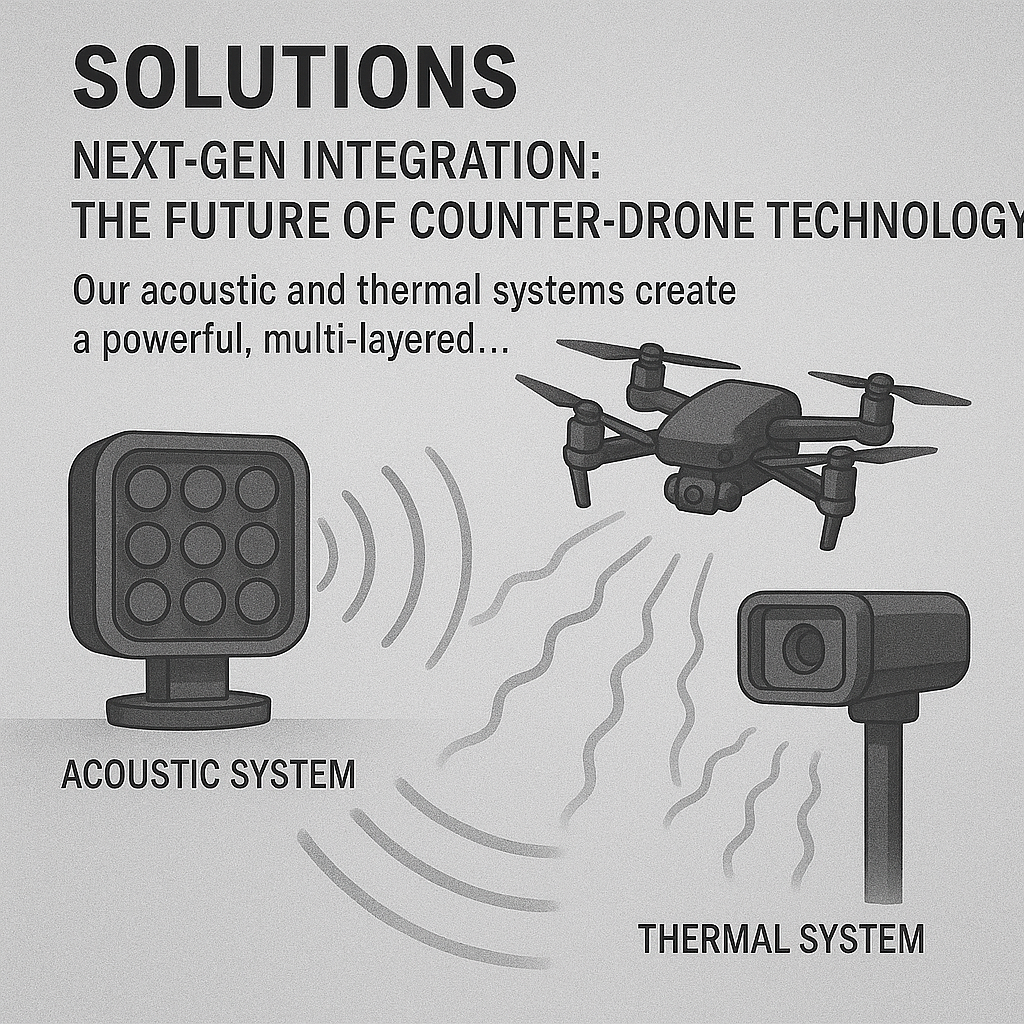
The proliferation of unmanned aerial systems (UAS) has fundamentally transformed the security landscape along international borders. Criminal organizations, particularly drug cartels, have rapidly adopted drone technology for smuggling operations, reconnaissance, and increasingly, direct threats to border security personnel. This evolution demands sophisticated counter-drone response capabilities from homeland security agencies.
The Evolution of Cartel Drone Operations
Over the past decade, Mexican cartels have demonstrated remarkable adaptability in incorporating drone technology into their operational frameworks. What began as simple surveillance missions has evolved into complex multi-platform operations involving cargo delivery, armed reconnaissance, and tactical support for ground operations.
Intelligence reports indicate that cartels now operate drone fleets ranging from commercial off-the-shelf (COTS) quadcopters to custom-built fixed-wing platforms capable of carrying substantial payloads across significant distances. These operations have grown in sophistication, employing encrypted communications, autonomous flight systems, and advanced counter-detection measures.
Categories of Cartel Drone Activities:
- Surveillance and Reconnaissance: Monitoring border patrol activities and identifying security gaps
- Drug and Contraband Smuggling: Transporting high-value narcotics across border barriers
- Communication Relay: Extending secure communications networks across operational areas
- Intimidation and Harassment: Targeting border security personnel and infrastructure
- Armed Operations: Deployment of weaponized platforms for tactical support
Threat Assessment and Intelligence Analysis
Current intelligence assessments indicate that cartel drone operations have reached a level of sophistication that poses significant challenges to traditional border security measures. The asymmetric nature of these threats requires comprehensive understanding and adaptive response strategies.

Primary Threat Vectors:
1. High-Value Cargo Transport: Cartels utilize drones to transport fentanyl, cocaine, and other high-value narcotics across border barriers. These operations typically involve modified commercial drones with enhanced payload capacity and extended range capabilities.
2. Intelligence Gathering: Sophisticated surveillance operations using high-resolution cameras and thermal imaging systems to monitor border patrol patterns, identify patrol schedules, and locate security vulnerabilities.
3. Communication Networks: Deployment of drone-based communication relays to extend secure communications across vast operational areas, enabling coordination of large-scale smuggling operations.
4. Direct Confrontation: Increasing reports of armed drones designed to intimidate or directly engage border security personnel, representing a significant escalation in threat capabilities.
"The speed at which criminal organizations have adapted drone technology far exceeds our initial projections. We're seeing tactical innovations that rival military applications in terms of sophistication and operational effectiveness."
Counter-Drone Technologies for Border Security
Addressing the cartel drone threat requires deployment of advanced counter-UAS (C-UAS) systems specifically configured for border security applications. These systems must balance effectiveness against regulatory constraints while operating in complex electromagnetic environments.
Multi-Layered Detection Architecture
Effective border security C-UAS systems employ multiple detection modalities to ensure comprehensive coverage across diverse operational environments:
Radar Systems
Ground-based surveillance radars provide long-range detection capabilities essential for early warning and intercept planning. Modern systems utilize advanced signal processing to distinguish between drones, birds, and other aerial objects.
- Detection Range: 15-20 kilometers for larger platforms
- Track Accuracy: Sub-meter precision for targeting systems
- Environmental Adaptation: Optimized for desert and mountainous terrain
- Integration Capability: Compatible with existing border surveillance networks
Acoustic Detection Arrays
Passive acoustic sensors provide covert detection capabilities that don't alert adversaries to monitoring activities. These systems excel in detecting low-altitude infiltration attempts and stealth platforms.

- Stealth Operation: Completely passive detection methodology
- Signature Analysis: Identification of specific drone models and modifications
- Direction Finding: Precise bearing information for intercept vectoring
- Low Maintenance: Minimal power requirements for remote deployment
Radio Frequency (RF) Monitoring
RF detection systems monitor communication frequencies to identify drone control signals and gather intelligence on operational patterns. These systems provide critical information for both immediate response and long-term intelligence development.
- Signal Intelligence: Protocol analysis and communication intercept
- Pilot Location: Triangulation of controller positions
- Pattern Analysis: Identification of operational schedules and routes
- Evidence Collection: Digital forensics for prosecution support
Operational Challenges and Solutions
Border security C-UAS operations face unique challenges that require specialized solutions and operational procedures:
Regulatory Environment
Border security operations must comply with complex regulatory frameworks governing airspace management, electronic warfare, and law enforcement activities. C-UAS systems must be configured to operate within these constraints while maintaining operational effectiveness.
Geographic Complexity
Border regions often feature challenging terrain including deserts, mountains, and urban areas. C-UAS systems must adapt to these diverse environments while maintaining consistent performance across the operational area.
Cross-Border Coordination
Effective counter-drone operations often require coordination with international partners, necessitating compatible systems and standardized communication protocols.
Case Study: Rio Grande Valley Sector
The Rio Grande Valley sector represents one of the most active areas for cartel drone operations along the U.S.-Mexico border. The deployment of integrated C-UAS systems in this region has provided valuable insights into operational effectiveness and tactical considerations.
Operational Statistics (2024-2025):
- Drone Detections: 847 confirmed drone incursions
- Interdiction Rate: 73% successful intercept or deterrence
- Cargo Recovery: $127 million in seized narcotics
- Intelligence Value: 156 actionable intelligence reports generated
Lessons Learned:
The Rio Grande Valley deployment has highlighted several critical factors for successful C-UAS operations:
- Multi-Sensor Redundancy: No single detection method provides complete coverage
- Rapid Response Capability: Time-to-intercept is critical for successful interdiction
- Intelligence Integration: Real-time intelligence fusion enhances operational effectiveness
- Training Requirements: Specialized operator training is essential for system effectiveness
Advanced Countermeasure Technologies
Beyond detection, border security operations require sophisticated countermeasure capabilities to neutralize identified threats while minimizing collateral effects:
Electronic Warfare Systems
Radio frequency jammers and spoofing systems can disable drone communications and navigation systems, forcing platforms to execute failsafe procedures or enabling controlled capture.
Kinetic Intercept Systems
Specialized projectile systems designed for drone interdiction provide precise engagement capabilities with minimal collateral damage risk.
Cyber Countermeasures
Advanced cyber capabilities enable direct intrusion into drone control systems, providing options for system takeover or data extraction.
Intelligence and Information Sharing
Effective counter-cartel drone operations require robust intelligence sharing mechanisms between agencies and international partners:

Multi-Agency Coordination
Border security agencies work closely with DEA, FBI, military intelligence units, and international partners to develop comprehensive threat pictures and coordinate response activities.
Real-Time Intelligence Fusion
Advanced analytical platforms combine real-time detection data with historical intelligence to predict operational patterns and optimize resource deployment.
Prosecution Support
C-UAS systems generate detailed evidence packages supporting criminal prosecutions, including flight path analysis, communication intercepts, and cargo documentation.
Future Threat Evolution and Countermeasures
Cartel drone capabilities continue to evolve rapidly, requiring constant adaptation of counter-drone technologies and tactics:
Emerging Threat Trends:
- Autonomous Systems: AI-enabled drones operating without human control
- Swarm Operations: Coordinated multi-platform attacks designed to overwhelm defenses
- Stealth Technologies: Platforms designed to minimize detection signatures
- Counter-Countermeasures: Systems designed to resist electronic warfare attacks
Next-Generation C-UAS Capabilities:
- AI-Powered Detection: Machine learning systems for improved threat identification
- Predictive Analytics: Forecasting operational patterns and threat emergence
- Autonomous Response: Rapid engagement systems with minimal human intervention
- Quantum Technologies: Advanced sensing and communication systems
Training and Human Factors
Successful C-UAS operations depend heavily on properly trained personnel who understand both the technology and the threat environment:
Operator Training Programs
Comprehensive training programs ensure operators can effectively utilize complex C-UAS systems while making appropriate tactical decisions under pressure.
Threat Intelligence Education
Personnel must understand cartel operational patterns, technology trends, and tactical innovations to effectively counter evolving threats.
Cross-Training Initiatives
Multi-agency training programs ensure consistent operational procedures and effective coordination during joint operations.
Economic Impact and Resource Allocation
The economic implications of cartel drone operations extend far beyond immediate security concerns, affecting trade, tourism, and regional economic development:
Cost of Inaction:
- Drug Trade Revenue: Estimated $50+ billion annually in cartel profits
- Healthcare Costs: Billions in addiction treatment and overdose response
- Law Enforcement Resources: Massive allocation of personnel and equipment
- Social Impact: Community degradation and violence spillover
Investment in C-UAS Technology:
The deployment of advanced counter-drone systems represents a critical investment in national security infrastructure that provides significant return on investment through reduced drug trafficking and enhanced border security.
International Cooperation and Best Practices
Addressing transnational cartel drone threats requires international cooperation and shared technological development:
Bilateral Agreements
Formal agreements between nations enable coordinated response activities and intelligence sharing while respecting sovereignty concerns.
Technology Transfer Programs
Sharing of C-UAS technologies and expertise strengthens overall regional security capabilities and creates standardized response protocols.
Joint Training Exercises
Regular multinational training exercises ensure interoperability and develop collaborative response capabilities.
Conclusion
The threat posed by cartel drone operations represents a significant challenge to border security that requires comprehensive, technologically advanced responses. The rapid evolution of drone capabilities demands equally rapid adaptation of counter-drone technologies and operational procedures.
Success in countering these threats depends on the integration of advanced detection technologies, sophisticated countermeasure systems, robust intelligence capabilities, and extensive inter-agency cooperation. As cartels continue to innovate, border security agencies must maintain technological superiority through continuous research, development, and deployment of cutting-edge C-UAS systems.
The lessons learned from current operations provide valuable insights for future system development and operational planning. By maintaining focus on technological advancement, training excellence, and international cooperation, border security agencies can effectively counter the evolving cartel drone threat while protecting national security interests.
